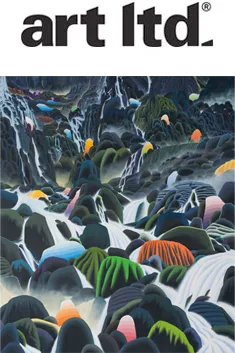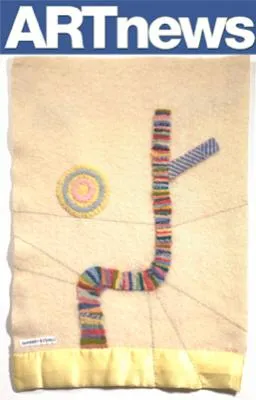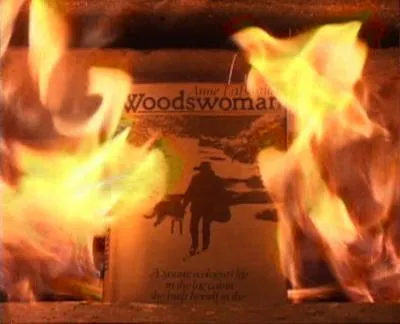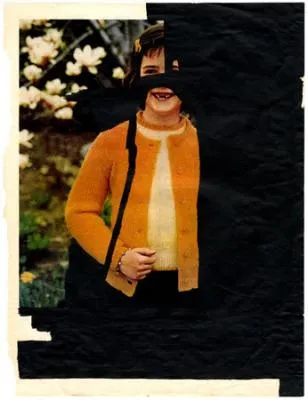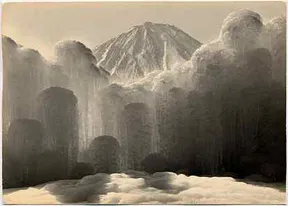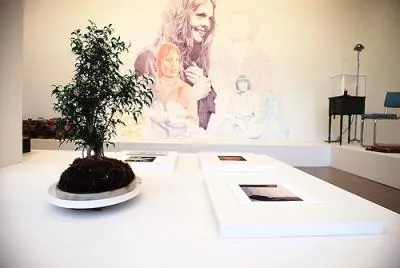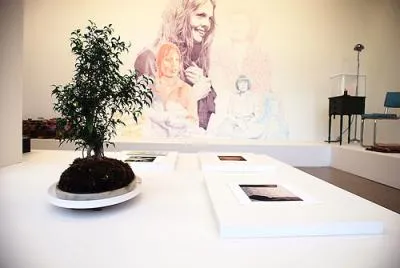This collection of essays and interviews was published on the occasion of Human Being, a series of exhibitions, installations, and happen- ings curated by Kristan Kennedy, for PICA’s 2010 Time-Based Art Festival. Projects were on view from September 9—October 17 in the classrooms and common spaces of the decommissioned Washington High School in Portland, Oregon.
Copy editors: Patrick Leonard, Scott McEachern Catalog design: Tim Kamerer Typeset in Miller Printed by Bridgetown Printing
in Portland, Oregon.
© Portland Institute for Contemporary Art 224 NW 13th Avenue, Suite 305 Portland, Oregon 97209 www.pica.org
Cover Image: In 2005, the then-shuttered Wash- ington High School was quickly converted by the Red Cross into a refuge for victims of Hurricane Katrina. In the end, the residents were rerouted to Texas, and the school remained empty. “Art and colors are better than sadness” is text from
a handmade card found inside the abandoned High School, written by an anonymous child for the victims of Katrina.
Human Being
“We are like butterflies who flutter for a day and think it’s forever.” —Carl Sagan
Wandering around in bodies that support and betray us, we obsess about the material and immaterial. We are a species with mysterious origins, which despite centuries of investigation have yet to be explained. To exist and to question our existence is our destiny. Here, under the banner Human Being, I have gathered a suite of artists’ projects, which attempt to develop a cul- ture around the perception of beauty, aesthetics, philosophy, and this particular human condition.
The artists included mine the deeply personal in order to explore the universal, constructing work that contrasts the confusion of the present with the seemingly concrete nature of the past. They are linked by their distillation of history through a kind of genetic memory or direct refer- ence. They have inherited an art history and a societal history in which the aesthetics, ideas, and morals of past eras appear less subject to the chaos of our world’s present moral and ethical uncertainties.
Confused by inheritance, we wonder: Are we at the endgame of abstract reasoning? Are we so far removed from the literal, the concrete, that we don’t know what it is to be human? Are the fragments produced from our lives worthy of inclusion in our art? Is the search for meaning and beauty possible in a post–everything society?
It is through this questioning that I hope to present not one theory, but many, all of which col- lide and explode when side-by-side, leaving us in a cloud of dust. The very stuff we are made of.
Kristan Kennedy
Curator, PICA
Storm Tharp
High House
Storm Tharp has been looking in the same mirror for more than a decade. It has moved with him from studio to studio, accumulating paint marks, bits of tape, and various scuffs. The mirror is as great an influence on his work as any other single tool, piece of research, beauti- ful peony, or sad song. For his residency at PICA, Tharp brings together objects and ephemera that provide the hidden, joyful, and meaningful subtext to his work to form arrangements in a room that is part studio, part gallery, and part home: a still life.
Kristan Kennedy: High House is an arrangement of things and a constructed environment that is both of the studio and of the home. How do you define this space, is it in-between or a blend- ing of the two?
Storm Tharp: My house and my studio are where I spend the majority of my time—but there are ideas in High House that are about other spaces. Being outdoors, being in the sun, eating alone— these kinds of things. The intent was to showcase real inspiration, or the ideas that fill life.
However, constructing the room and building the stage for High House was so amazing to watch happen. I love the room with nothing in it, as well. The sculpture of the room is inspirational on its own. Something to remember.
Putting this show together has caused me to think long and hard about my tendencies. There will be a very tidy presentation going on. Very formalized; an almost fetishized version of what surrounds me.
KK: I know that both of us turn to the writings of Agnes Martin from time to time, and I love her quote: “When I think of art I think of beauty. Beauty is the mystery of life. It is not in the eye, it is in the mind. In our minds there is awareness of perfection.” What do you think of beauty and its place in art?
ST: I have spun this answer for way too long. So many different versions resting in a word document, flooding my mind.
The question almost doesn’t make sense to me. My faith in beautyis so wild and devout that I don’t even think about its place in art. Beauty is everything. It is not a choice. Art is an idea that is beautiful. To question beauty is to broaden beauty. New forms, new ideas: the new beauty. Beauty does not dissolve.
I know it sounds all very correct and Christian-minded of me, but I guess, when you ask me about beauty and art, my mind explodes. I believe in the big picture of that question. I think it’s all beautiful and I think it’s all art. To believe otherwise is like building fences.
It reminds me of the Warhol quote that goes something like, “If everybody’s not a beauty, then nobody is.” I love that!
Perhaps you wanted me to comment on the value of pretty? Because that would be fun. Some other time...
KK: Who lives in High House, meaning, who is the subject of this space, it is of you or of them? (Them being the people, things, and places you reference, directly or indirectly, in the objects, draw- ings, photographs, and plants in the installation.)
ST: I love the idea that someone might actually get to live in High House. A shape-shifting existence: a transformer, a reflection of all its facets. A dark-and-hairy-Popeye turns a corner, becoming a lanky, stoned teenager. A sexless figure with crystal eyes and super-human sonar capabilities sits in a chair. Science fiction. An animal. A mother with a moment to herself. A memory.
I don’t know. I guess it’s me. But it’s funny; I don’t think of myself when I think of the things. I think of them. Beauty beyond me. So it’s tricky. It’s like that poem by Wallace Stevens that I sent to you last week: “I am what is around me... A black vestibule; A high bed sheltered by curtains.”
KK: We have been talking about High House in some incarnation for many years. I still remember our late night studio conversation all those years ago, the one with the bottles of wine... I have a note on my wall that you posted to my door the next morning that says, “Was last night a trick or a sign? by the way that is a good name for a show. x ST.” I think I had just started working at PICA, and we were both on the cusp of solo shows at our respective galleries. Do you think this show is also a reflection of our relationship: artist- to-artist, curator-to-artist, friend-to-friend? And, if so, do you think that the show ends when the exhibition closes? Or will you forever be building High House (and asking my opinion of it)?
ST: Ha! I will always be building High House, and you will always be subject to its change. But yeah, this show is not the suite of draw- ings that we discussed over a year ago. High House is happening because you were listening and doing some thinking for me. Artist- friend–to–artist-friend. You were looking out for me—challenging me—to look at a drawing not as a drawing but as a cup of coffee, or a plant that grows in a window.
KK: What does it mean to be human?
ST: The first thing I did was look up the word, humane. Being humane is a nice way to be human. But it doesn’t seem to address all of the mess and disaster that comes with humanity. What does it mean to be human? To have a conscience, I suppose. To ask ques- tions. To make out with your boyfriend.
Tharp is represented by PDX Contemporary Art (Portland), Nicole Klagsbrun (New York), and Galerie Bertrand & Gruner (Geneva).
human being | 22
